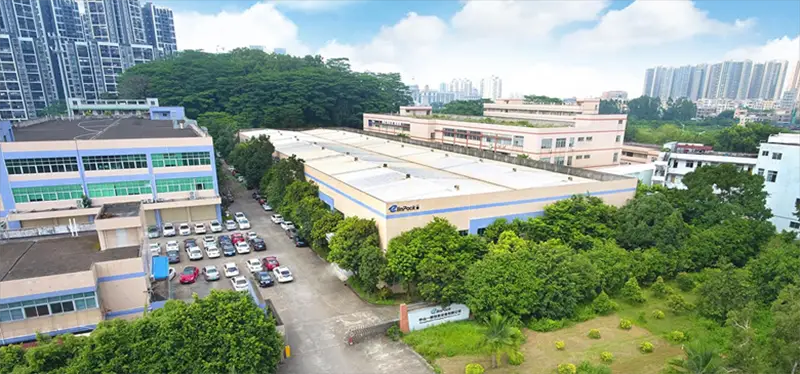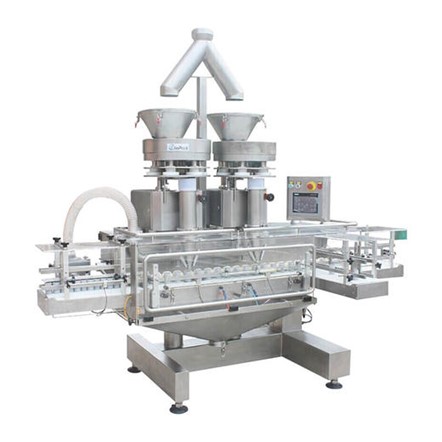Click here to get this post in PDF
Stainless steel is used to manufacture a range of tools and consumer products, but it is often hard to figure out what different grade stainless steel means and their purpose. Today in this article, we will discuss all the important details about 304 stainless steel and the difference between 304-grade steel and other grade steel.
What is stainless steel 304?
304 stainless steel is the kind of stainless steel that is readily available in the market. This stainless steel consists of 18-20% chromium and 8-10% nickel as its main non-iron constituents.
Moreover, 304 stainless steel is comparatively less conductive than carbon steel, and it is also an austenitic metal.
One of these steel’s prominent properties is that it has a lower tendency to corrode than any regular steel. The tendency to be molded in different shapes is one of the most prominent reasons for this steel usage.
Advantages of 304 stainless steel:
- Excellent corrosion and intergranular resistance
- Remarkable cold and hot forming and performance
- Commendable low-temperature performance
- Durable
- Exceptional welding property
Disadvantages of 304 stainless steel:
- Intergranular resistance may increase after welding as it makes the steel more sensitive and vulnerable to wear and tear
- 304-grade steel is also sensitive to stress corrosion
- Despite having a good molding strength, the 304-grade stainless steel has relatively low mechanical strength thus, leading to poor cutting performance
304 vs 316 stainless steel:
The first thing to highlight is the austenitic nature of both of these steel grades and also the high levels of non-iron constituents like Chromium and Nickel.
Chromium present in both of these types of stainless steel increases the metal’s tensile strength and makes it highly efficient against corrosion and daily wear and tear.
The Nickel provides extra strength and sturdiness without compromising the ductility and toughness of the metal.
What separates both of them?
The key difference between both stainless steels is the composition. Both indeed have high chromium levels and nickel levels, but they still differ in composition. The 316-grade stainless steel consists less of chromium and more of nickel and molybdenum, which affects the steel’s properties too. This leads to 316 grade being more corrosion-resistant especially, to chloride and acids and that’s why this stainless steel is used in the manufacturing of medical equipment, food processing equipment, brewing facilities, etc.
Which stainless steel is food grade?
304 stainless steel is still the most popular food-grade stainless steel. Food grade steel is basically a certified grade of steel in terms of its composition, which is safe to use with food, be it in packaging or manufacturing or for any other purpose.
Food grade machines:
If you’re someone who is looking for food-grade machines, and in particular 304-grade stainless steel packaging machines then, let me introduce you to an astounding product.
Elinpack’s food grade packaging equipment is high standard 304 grade manufactured machinery that fulfils all needs of a customer that includes durability, reliability, longevity, etc.
Why Elinpack?
Elinpack is a Shanghai-based manufacturer who specializes in food-grade packaging and filling machinery since 2010. The packaging equipment manufactured by Elinpack is widely used in the food industry for packaging purposes.
Nevertheless, you might have a question why Elinpack? It’s a totally valid question, and here is the answer to that.
Elinpack is one of the few manufacturers that value quality and integrates a quality check process to provide the customers with remarkable functioning equipment that doesn’t need regular maintenance and replacement.
Moreover, with over a decade of experience in manufacturing specialized equipment, Elinpack has acquired the expertise needed to meet all domestic and international standards.
Conclusion:
There are various grades of stainless steel, and all of them have different properties which are utilized for several different commercial purposes. One of those commercial uses is the use of stainless steel in food-grade packaging equipment. This article discusses 304 stainless steel and whether it is food-grade stainless steel or not. The article also provides information about food-grade packaging machines and the best manufacturer for purchasing high-quality food-grade stainless steel packaging equipment. If the article proved to be informative or helpful in any sense, then don’t forget to leave your feedback and also let us know what you think about Elinpack’s food packaging equipment.
Also read: How to Increase Productivity in Your Manufacturing Firm


